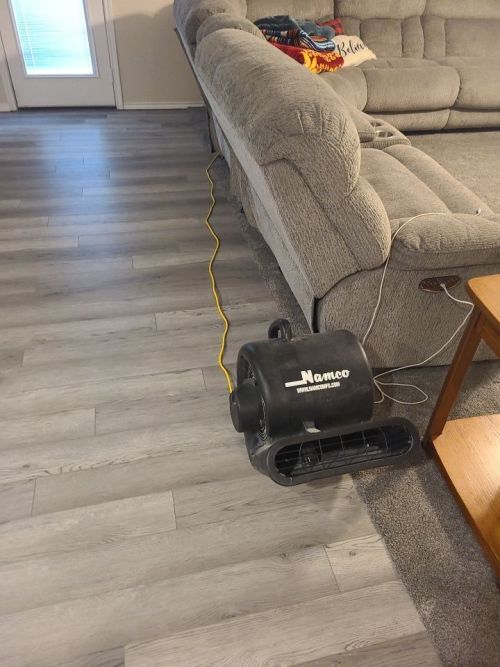Understanding the Difference Between Flood Damage and Water Damage

When your home or business suffers from unwanted water, it’s natural to feel overwhelmed. However, understanding the difference between flood damage and water damage is essential—especially when it comes to cleanup, insurance coverage, and restoration. While both involve water, the source and classification make all the difference in how your property and insurance provider handle the situation.
What Is Flood Damage?
Flood damage refers to water that originates from a natural source outside your property. This typically includes events such as:
-
Heavy rain causing rivers, lakes, or streams to overflow
-
Storm surges from hurricanes or tropical storms
-
Rapid snowmelt leading to flash floods
-
Overflowing drainage systems during extreme weather
Essentially, flood damage happens when rising water from outside enters your property. According to the Federal Emergency Management Agency (FEMA), flood damage is any situation where at least two acres or two properties are affected by water that has covered normally dry land.
Insurance Considerations
Most homeowners and commercial property insurance policies do not cover flood damage. To be protected, property owners must have a separate flood insurance policy, typically through the National Flood Insurance Program (NFIP) or a private insurer.
What Is Water Damage?
Water damage, on the other hand, usually originates inside your property and occurs suddenly or accidentally. Common causes include:
-
Burst or leaking pipes
-
Roof leaks after a storm
-
Overflowing bathtubs, sinks, or toilets
-
Appliance malfunctions (like washing machines or water heaters)
-
Plumbing backups
Water damage can happen in any building, regardless of weather or location. Because the source is internal, it’s often covered by standard homeowners or commercial property insurance—as long as it wasn’t caused by negligence or long-term issues like untreated leaks or mold.
Why the Difference Matters
The distinction between flood damage and water damage is more than just terminology—it determines how restoration is handled and who pays for it. When you contact a restoration professional, identifying the cause helps ensure a faster response and smoother insurance claim process.
-
Flood damage restoration often requires large-scale extraction, disinfection, and drying of affected areas.
-
Water damage restoration focuses on repairing localized areas, addressing plumbing issues, and preventing mold growth.
How CC Water Extraction Can Help
At CC Water Extraction, we specialize in emergency water extraction and restoration for both residential and commercial properties. Whether your property has suffered from a pipe burst or a major flood event, our certified technicians respond quickly to minimize damage and begin the recovery process right away.
We offer:
-
24/7 emergency water removal
-
Structural drying and dehumidification
-
Mold prevention and remediation
-
Assistance with insurance claims
Call the Experts Today
Don’t wait until it’s too late. If your property has suffered from any kind of water intrusion, call CC Water Extraction today at (210) 791-7177. Our experts are available day and night to help you recover from water or flood damage—safely, efficiently, and professionally.


